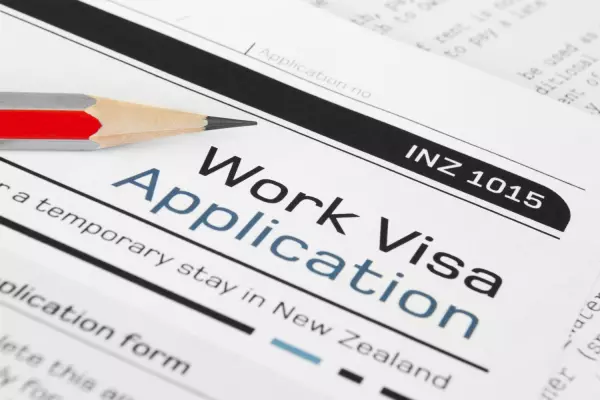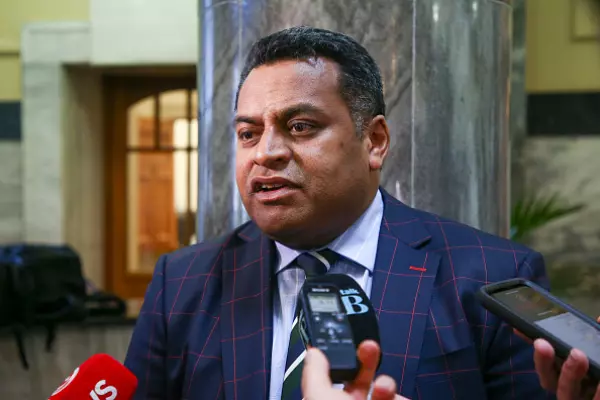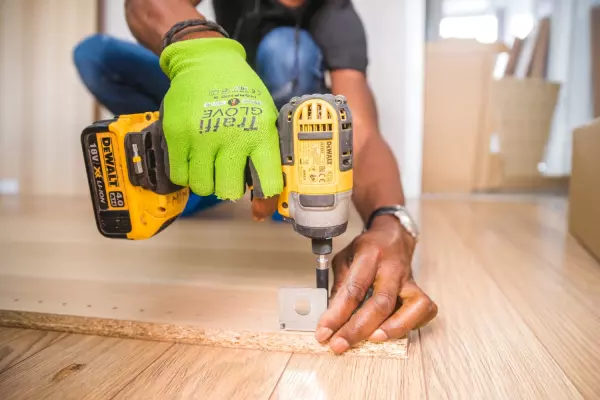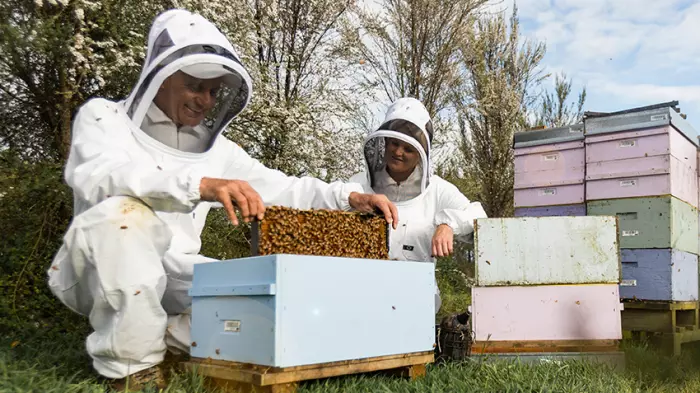At last! Action from the government on the issue of residency for migrant workers – and relief for thousands of visa holders who meet the just-announced criteria.
An estimated 165,000 migrants on temporary work visas could be fast-tracked for the 2021 resident visa, which will offer a simplified pathway to residency on a one-off basis, primarily to workers in health care, education, and primary industries.
Immigration minister Kris Faafoi says more than 5,000 health care workers, 9,000 primary industry workers, and 800 teachers will be eligible.
A first cohort of applicants will be pulled from the residence queue and Skilled Migrant Category (SMC) expression of interest (EOI) pool in December and another in March.
Immigration New Zealand (INZ) will email the first cohort by the end of October with more information about the application process.
It all sounds good, but ...
Faafoi is saying the majority of applicants will be granted residency by the end of December 2022. Not to rain on their parade, but unless the process is vastly simplified, what makes INZ think they can process that many applications in a year, given the crashing failure the immigration system has already been?
INZ isn’t exactly famous for its operational efficiency. Already, a number of details we don’t yet know are raising questions – from me, at least.
If INZ doesn’t deliver on this ministerial promise of faster processing, people will feel like they’ve just been moved from one queue to another.
I always start worrying when INZ starts compiling lists, particularly when the actual rules about how they will be applied have yet to be published.
The scarcity lists involved are the long-term skill shortage list, jobs in health or education requiring occupational registration, certain personal care and critical health worker occupations, and specified primary sector jobs.
Check these lists carefully, especially if you earn below $27 an hour or have been here less than three years.
Which jobs actually qualify?
The job titles listed as eligible for the 2021 Resident Visa come from ANZSCO, but what will applicants be required to demonstrate?
Will you just need a job with a matching title or will you also have to prove that your job “substantially matches” the ANZSCO description?
The latter would be a disaster, so let’s hope not.
Why? Because applicants would simply make the same old arguments they have been under the existing SMC regime that leads to so many declines – and so many successful appeals.
Obviously, this all slows processing to a crawl. Immigration officers end up being bombarded with volumes of evidence that causes them to drown in paperwork and process fewer cases – while applicants wait in limbo.
Accepting applications in stages
For their own benefit in catching up and staying on top of it, INZ is phasing in the ability to apply:
- From December 1, you may apply if you already have a work residence or skilled migrant residence application sitting in the queue or have submitted an expression of interest that includes dependent children over 17.
- From March 1 2022, anyone else who is eligible may apply. EOI selection from the SMC pool will remain closed until 31 July 2022.
Critical workers who enter NZ and apply for roles longer than 6 months before 31 July 2022 will also be able to apply, but good luck achieving entry by July 2022 given the mess that MIQ currently is.
For all of those who don’t meet these criteria, the waiting game continues.
Given that applicants have already applied for work visas, usually multiple times over the years, INZ should already have all the information they need, so hopefully, any additional documentation needed for the “application” should be light.
While most certainly welcome, this latest announcement does beg the question – what happens to everyone else?
The answer lies in a ministerial announcement to come, I guess.













